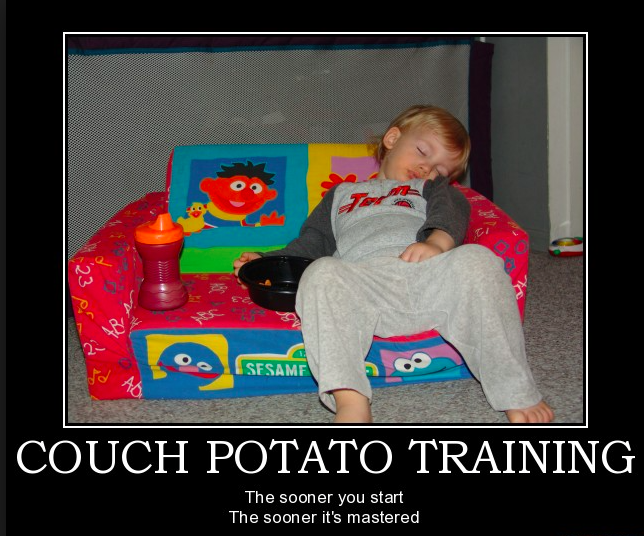I have to admit I went off on a tangent in Part 1 so as they say, this blog is for you, T.
Continuing my conversation with Tori, I was thinking about what was she asking me and what can I write to help her the most. To reiterate, Tori simply wanted to know, “what should she be eating?” or let me paraphrase the question: “what is the right amount of carbs to get super lean and awesome?”
I think when it comes to eating in order to look like Marky Mark or Jillian Michaels, the first thing to talk about is the Basal Metabolic Rate (BMR). I know, I know, the whole point of fasting is to get lean without worrying about counting calories, but in order to get super lean, you have to account for your macros—that is accounting for how much carbs, protein, fat, and daily calories you consume. BMR refers to the minimum amount of calories needed for normal bodily activities like cellular function, synthesis of enzymes and hormones, maintenance of body temperature, cardiac and respiratory functions, and thinking about the opposite sex. In other words, it is the calories that will take to keep a couch potato alive for a day.
Secondly, we need to figure out your maintenance calories:
Maintenance Cal = BMR (70%) + Thermic Effect of Food (10%) + Activity (20%)
Using the Harris-Benedict equation, you can calculate your maintenance number here: http://www.globalrph.com/revised-harris-benedict-equation.htm (quick note here, there is an error rate of + or –10%). Once you figure out your maintenance calories, you will need to create a 20% caloric deficit, which will mean about half pound of weight loss per week for most people. Ideally, that 20% should come from 10% caloric reduction and 10% from increased exercise or activity. For example, my Harris-Benedict number is around 2700. So if I reduce my intake to 2430 and take another 10% from my increased activity, my daily energy deficit would be 540 a day. Then, multiple that by seven for 5 days—assuming that I will take the weekend off—I will lose about ¾lbs/wk. One thing to point out here, because BMR takes 70% of our maintenance number, it is much easier to manipulate the BMR than adding extra activity/exercise for weight management. In short, the importance of doing cardio to get lean is much overblown. So the keys are to really focus on intense strength training to create muscularity and good nutrition to lean out.
Now what…just a little math
So, as my super-smart ginger intern Will—who btw is down $10 to me after the Mayweather vs. Pacquiao fight over this weekend—would ask: now what Dave? How can we apply the carb-up principle (or carb back loading) with either IF or a very low carb diet?
The beauty of IF is that we set up our bodies to efficiently use carbs to fill our muscles and at the same time create the ideal conditions for lipolysis (fat burn)—the concept of Respiratory Quotient comes to mind but I will address that in later posts. The puzzle then is figuring out how to eat enough carbs to fill our muscles with glycogen without those carbs stored as fat.
First, figure out the amount of lean muscle you carry. For me, currently my weight is 166 lbs in the morning and 170 lbs at night; holding 10% fat, my lean body mass (LBM) should be around 152 lbs. But, don’t forget to take your bones into account as well. Male bones make up around 15% of LBM (females it’s around 12%). So, taking this into account, my soft lean body mass (SLMB) would come to 129 lbs. We need 3.5-4 g carbs/lbs to replace the glycogen that was depleted in the fast. So taking 129 lbs x 4 carb grams = 452-516 grams of total carbohydrates. Therefore, I need to consume between 452 to 516 grams of carbs, in a 24-hour period, for a re-composition of my SLBM. Thus, even if I consume over 200 grams of carbs—which is equivalent to eating four bagels—in my carb-up meal, the likelihood of those calories being stored as body fat is very small.
What’s more, if I completely depleted my glycogen store, which includes my carb store in the muscles and the liver, at 167 lbs, this number could go high as whopping 903 carbs/day. To put that into context, I would have to consume almost 8 bags of 8 oz potato chips or 129 Oreo cookies or 43 glazed donuts. I know, totally crazy, right? But to be clear this type of numbers would apply to the Keto diet or a marathon runner and would be too excessive for IF.
Carb-up and IF
The important question again is: how do I carb-up without accumulating body fat? The answer pretty simple, as long as you don’t go over your maintenance calories and/or your total carb-up number in your daily cheat meal, you should continue to lean out and retain your LBM.
Still, I kinda feel like I still didn’t answer Tori’s question but I thought this info will be much more helpful to bring more precision into our feeding choices in our IF effort.




0 responses to “Women and intermittent fasting (the tori blog): part 2”